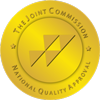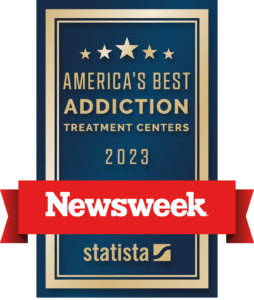Ambulatory Detox
There is no one-size-fits-all approach to addiction treatment. Every drug dependent person has a unique set of needs and experiences that will factor in determining the best course of treatment. There are a variety of detox and aftercare treatments for users to choose from and ambulatory detox is a popular and cost-effective option for many individuals struggling with drug use.
What is Detox?
In an addiction setting, detox is the process of flushing harmful substances from your body under the supervision of medical professionals. For about 30 days, the member will abstain from using any drugs or drinking alcohol.
Most of the time, doctors will prescribe medication that imitates the effects of the member’s drug of choice during detox. These medication dosages will be lowered over time so that withdrawal is easier and less painful to endure.
Before detox begins, the substance user is still physically and mentally dependent on their drug of choice. Although the brain’s reward centers already produce dopamine and serotonin, which make us feel good, individuals’reward centers have long been affected by harmful substances.
Now, their brains don’t produce these neurotransmitters and depend on drugs and alcohol to do this. Detox helps change these new chemical responses in the brain and helps your body get back to normal.
What is Ambulatory Detox?
Ambulatory detox, also known as a type of outpatient treatment, allows a patient to leave a rehab center after their medical detox and continue recovery in an outpatient setting. While it’s important to be monitored by licensed medical staff during detox, the member can leave after it’s complete and live in their normal environment while still completing everyday activities like work and school.
What to Expect in Ambulatory Detox
Patients in ambulatory detox will receive treatment during the day and spend their nights at home. This way, they’ll be able to spend time with family or friends or be able to work during the evening. Being close to support networks can be beneficial for people in recovery. Ambulatory detox allows patients more freedom than inpatient treatment.
After detox is complete, the member will participate in some form of therapy, whether it be individual or in a group. Therapy is an essential part of the recovery process since it will help members change the way they think about drugs and alcohol. They’ll also learn how to live life and have fun sober, as well as be productive and positive members of society.
Ambulatory detox can typically go in two different ways. One way is to have brief scheduled appointments at a doctor’s office or clinic, and the other is to go into treatment broken down into a set of day-long sessions.
Placement Levels of Ambulatory Detox
The American Society of Addiction Medicine (ASAM) has two placement levels of medical care that are considered ambulatory:
- Level I-D: Ambulatory Detoxification Without Extended Onsite Monitoring – This is monitored at a doctor’s office or a home healthcare agency.
- Level II-D: Ambulatory Detoxification With Extended Onsite Monitoring – When you’re at this level of care, you’re monitored by licensed nurses and clinicians
Benefits of Ambulatory Detox
Ambulatory detox is a much more cost-effective option for people suffering from addiction. It also allows users to begin learning how to live sober in their familiar environment. If they’re isolated during their detox, it could take them longer to apply sober living skills in their home or workplace. Being at home can provide the member with a sense of security and belonging.
How Do I Determine the Best Course of Detox?
The first thing to note about addiction treatment is that you should never attempt to detox at home by yourself. It can be extremely dangerous to detox without medical supervision. This is why you should talk to one of our representatives at Sana Lake to determine the best course of detox for your level of substance use and symptoms.
Be honest with your medical professional and tell them exactly what you’ve been going through. When you’re truthful about your symptoms, your treatment provider can make an educated decision on the best options for your needs.
Criteria for Determining Treatment
The American Society of Addiction Medicine has provided a list of criteria with six dimensions of care to assist in the decision-making process for treatment.
- Acute Intoxication and/or Withdrawal Potential: What do the person’s past and current experiences of substance use and withdrawal look like?
- Biomedical Conditions and Complications: What is the person’s current physical condition and health history?
- Emotional, Behavioral or Cognitive Conditions and Complications: What are the person’s emotions, mental health issues and thoughts?
- Readiness to Change: Is the person ready and willing to change?
- Relapse, Continued Use or Continued Problem Potential: Has someone relapsed frequently or continued to use drugs?
- Recovery/Living Environment: What is the person’s living or recovery situation? Are they surrounded by people, places and things that will inhibit recovery?
Explore Ambulatory Detox at Sana Lake Recovery Center
Are you ready to make a positive change in your life? Our substance use disorder staff Sana Lake Recovery Center can discuss our different detox and aftercare treatments with you and your family. We’ll help you make the best choice for your needs. Contact us today, and a representative will be waiting on the line to start you on your new journey.



